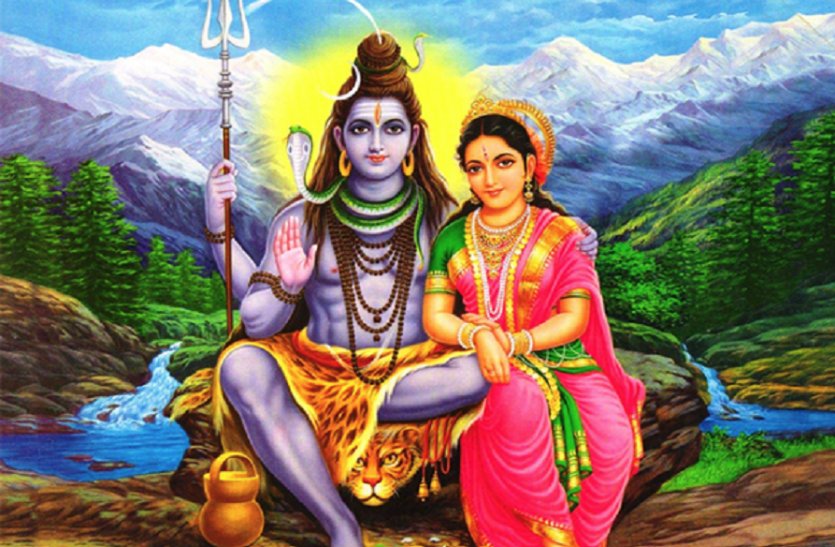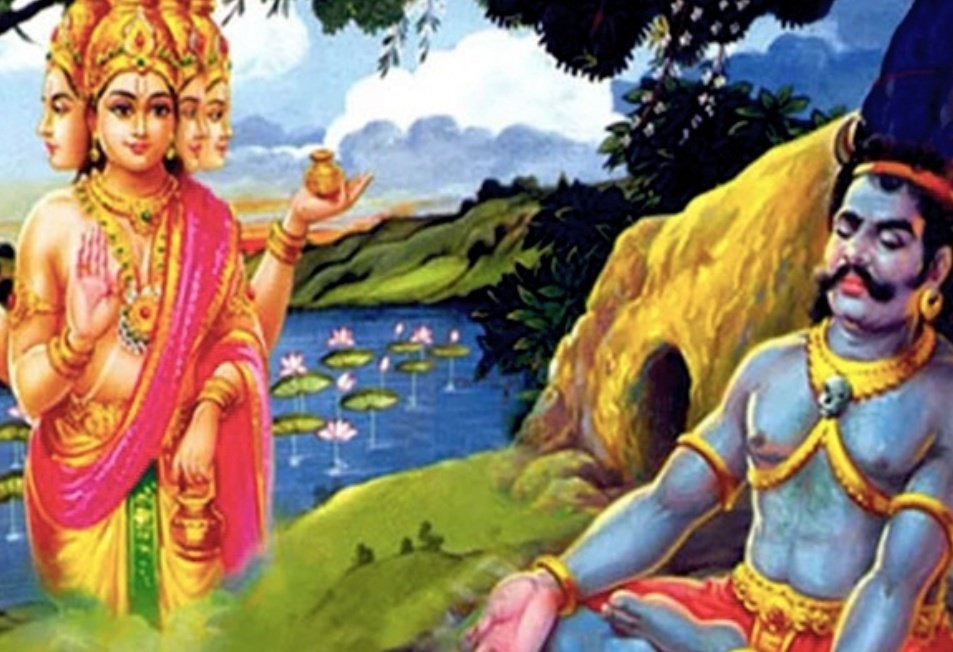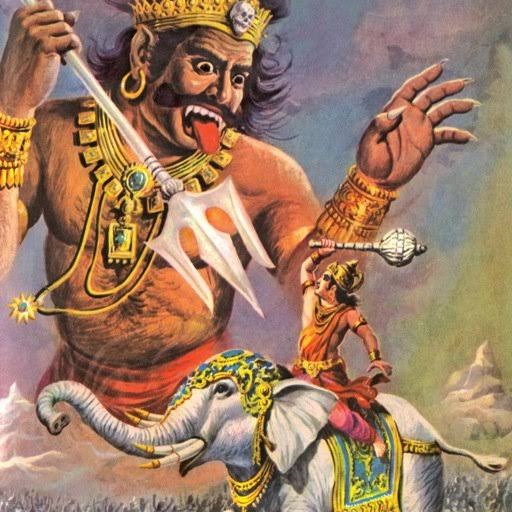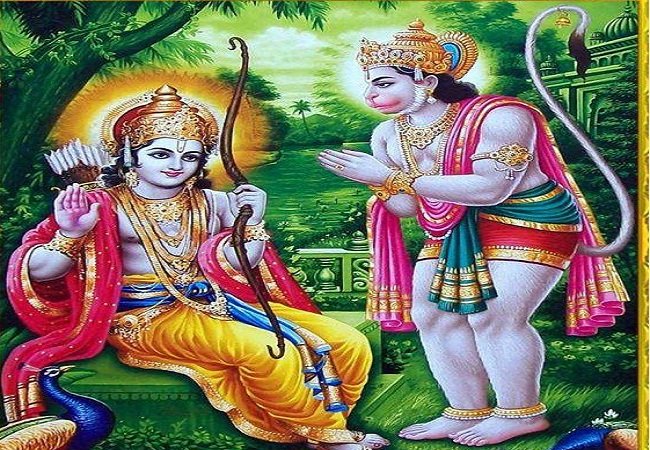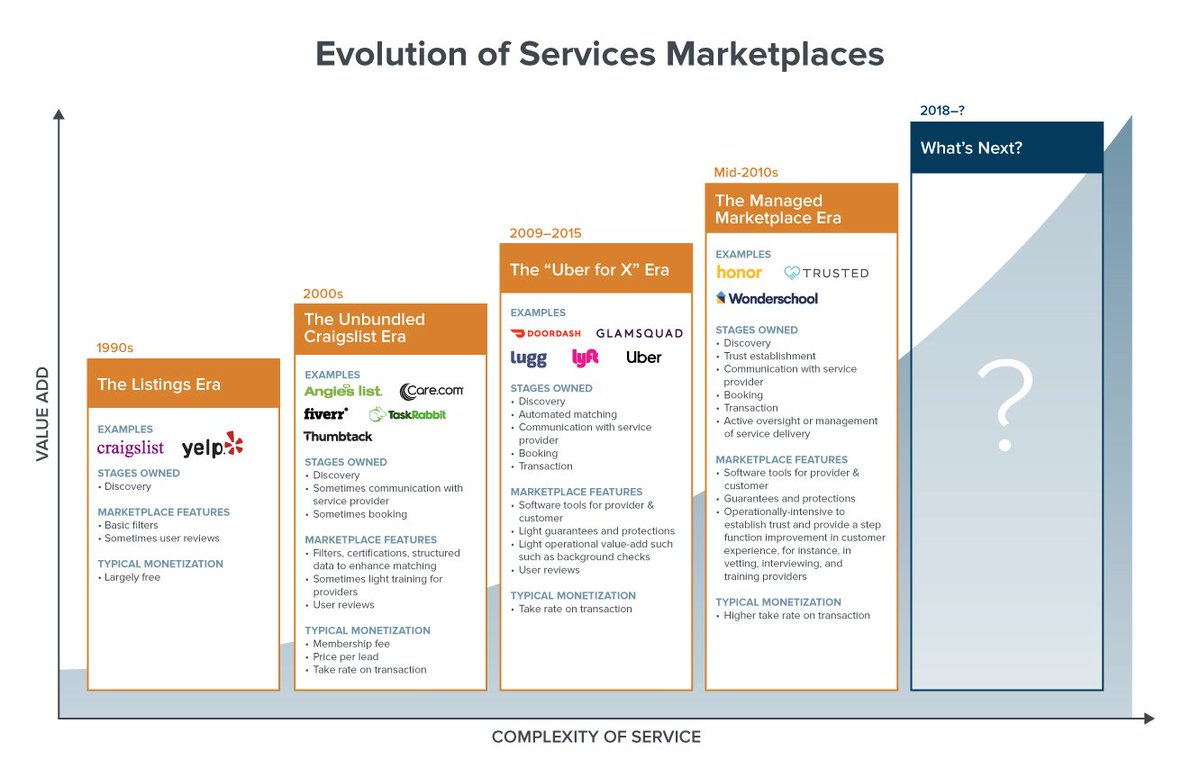
मित्र मैत्रिणीच्या आग्रहावरून माझ्याकडुन business विषयी social media वर कशी आणि काय marketing/promotion असावी त्या बदल थोडीफार माहिती.
मी एक्स्पर्ट नाही पण जितकं माझ थोडफार अभ्यास आणि माहिती आहे तितकं मी मार्गदर्शन देण्याचा प्रयत्न इथे करत आहे.
काही चुकले तर माफी असावी🙏 (१)👇

१.फेसबुकवर तुमच्या प्रोफाइलमध्ये रोज तुमच्या व्यवसायाविषयक post असावी ज्याने तुमच्या fb friendला ते दिसेल आणि client base वाढायला मदत होईल
२.फेसबुकवर जमेल तितके ग्रूप search करत जॉईन करावे,page लाईक करावे.खास करून जिकडे member/follower
हजार/लाखो मध्ये असतील(३)
त्यांना जर आवडल्यास ते कॉमेंट करतील,तुम्हाला कॉन्टॅक्ट करतील.सो अश्या प्रकारे ही तिकडून तुम्हाला client भेटण्याचे chances वाढतील(४)
Eg.तुम्ही ठाणे/कल्याणमध्ये राहता तर fbवर तुमच्या शहराचे नाव search केलं तर तिकडे पुष्कळ ऑप्शन येतात.ते तुम्ही जॉईन करू शकता आणि स्वतःच product promot करू शकता.(५)
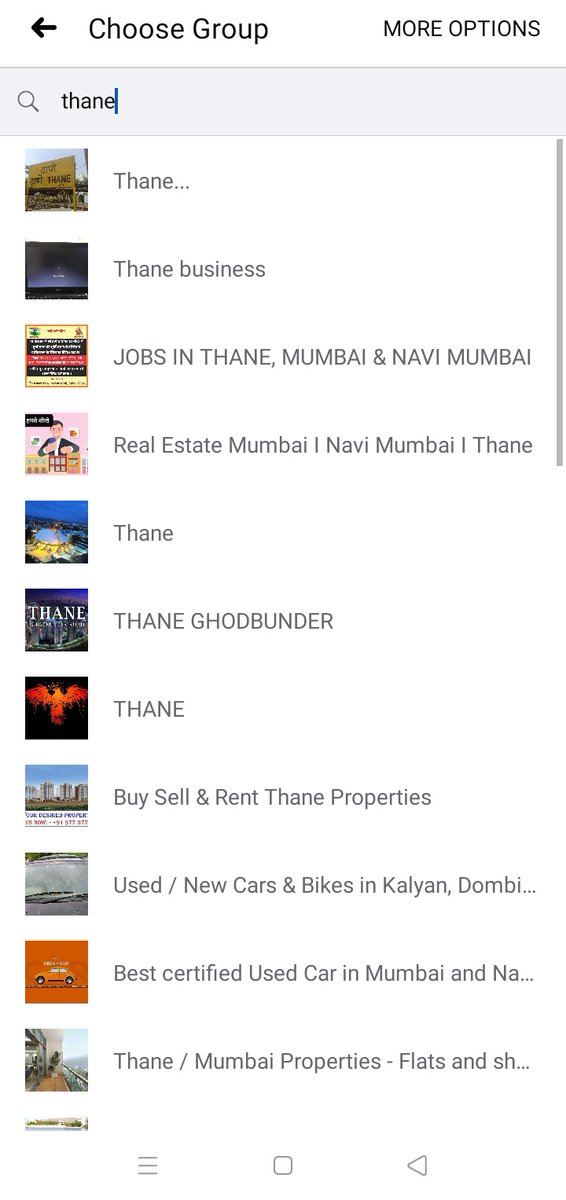
तुम्ही तिकडे तुमच्या बिझिनेस productची योग्यरित्या सर्व डिटेल्स,कॉन्टॅक्ट noआणि किमतीसकट माहिती टाकावी.तिकडूनही client भेटण्याची शक्यता आहे.
¶ Telegram/व्हॉट्सॲप
•WhatsAppच्या स्टेटसला रोज तुमचं product संदर्भात स्टेटस असावं(६)

•तुमच स्वत:च telegramला चॅनल/ whtaspp ग्रुप बनवाव,सगळ्यांना जॉईन व्हायला सांगा
•तुम्ही व्हॉट्सॲपल contact चे broadcast बनवून बिझिनेसच msg करावे.(७)
•स्वतःच्या बिझनेसच आधी official account असावा आणि इतरांच्या नजरेत पटकन येईल असं युनिक हॅशटॅग तयार करावं.
• मित्र मैत्रिणीला आयडी फॉलो करायला सांगत पोस्ट retweet/share/reel/feelt इथे तुम्हाला प्रतिसाद देत जितकं होईल तितकी त्यांना शेअर त्यांना करायला सांगावी(८)
जास्त लोक engaed होतील(९)



